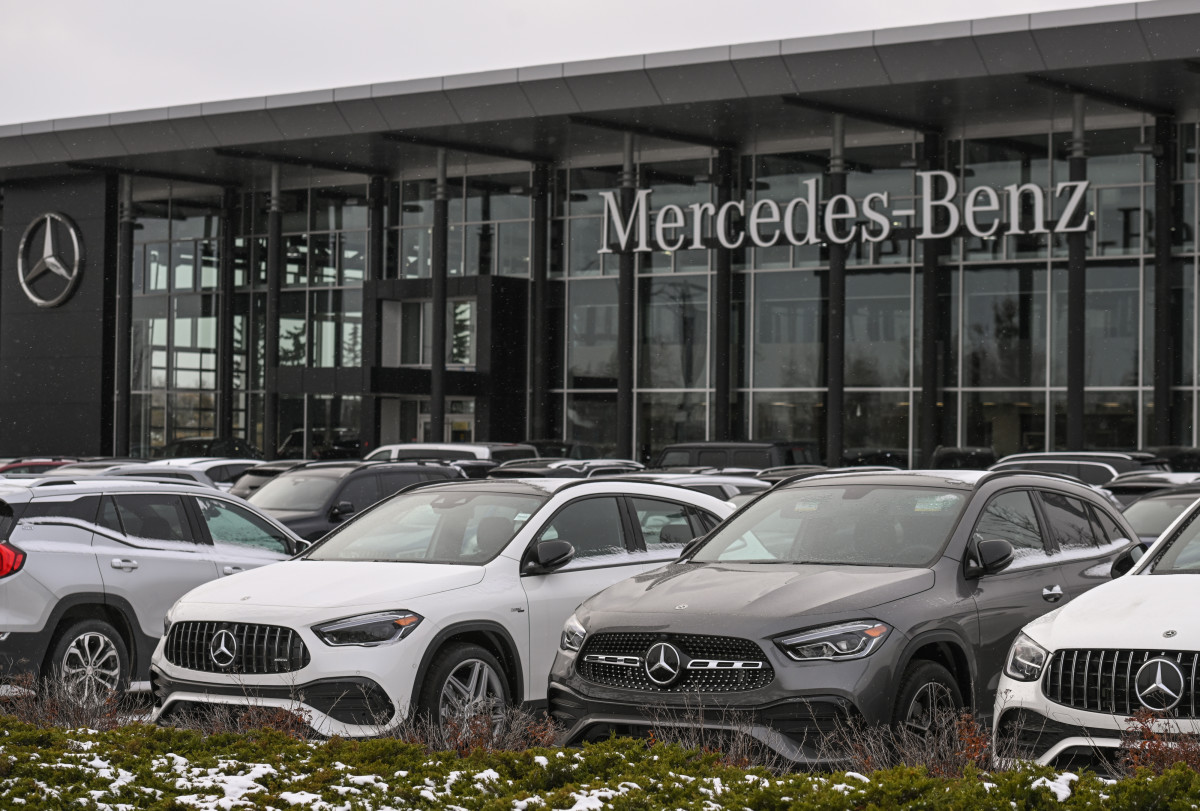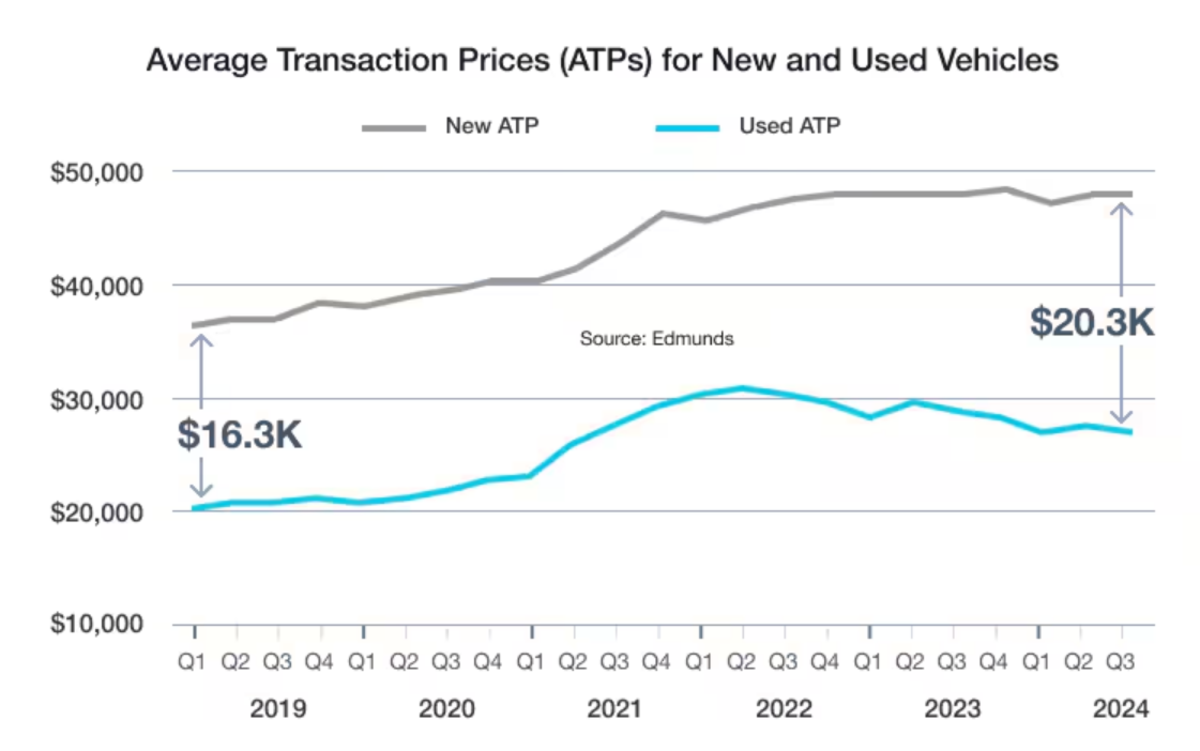
For the first time in six months, prices in the Canadian wholesale vehicle market dipped.
Canadian Black Book’s Used Vehicle Retention Index dropped to 135.7 in December, down 0.4% from 136.2 the previous month — ending a string of five consecutive months of rising or steady numbers.
In July, the index broke a massive streak of 27 months without an increase.
“The declines seen in the Canadian wholesale market in 2024 were mostly front ended,” CBB senior manager and head of Canadian vehicle valuations David Robins said, “as declines slowed during the fourth quarter of the year. This was mainly linked to the decline of the Canadian dollar and the increase in activity of the export market.”
The index is down 7.6% year-over-year. It peaked at a record 165.0 in March of 2022 after used-car values skyrocketed from a low of 100.5 in June 2020.
The index is calculated using CBB’s published wholesale average value on 2-6-year-old used vehicles as a percentage of original typically equipped MSRP and weighted based on registration volume and adjusted for seasonality, vehicle age, mileage and condition.
Market decline slows as year opens
Looking at activity to start the year, Canadian used-vehicle wholesale values declined 0.14% for the week ending Jan. 4, according to Canadian Black Book’s weekly Market Insights report, as the rate of decline slowed for the third consecutive week during the holiday season.
The previous week’s decrease of 0.21% followed weekly drops of 0.33% and 0.64%.
Trucks/SUVs had a strong showing, down just 0.06% for the week with gains posted by three segments — full-size pickups (up 0.08%), full-size vans (0.07%) and sub-compact crossovers (0.03%). Compact Vans were the only truck segment to lose more than $100, falling $148 (0.76%).
Cars overall were down 0.23%, with sporty cars (down 0.43%, $112) and prestige luxury cars (0.39%, $236) losing the most value. No car segments gained value.
The 14-day moving average retail listing price was $34,950, down slightly from the previous week’s $35,000.
In the U.S., the overall market was down 0.44% for the week. CBB analysts said depreciation remained stable, with auction inventories rising and improved conversion rates following the slower Christmas week.
“Last week’s depreciation trends reflected a balance,” the report said, “with vehicles maintaining their values more steadily as auction activity picked up post-holiday.”
CBB monthly index drops for first time since June. Auto Remarketing. (n.d.). https://www.autoremarketing.com/arcanada/cbb-monthly-index-drops-for-first-time-since-june/





















